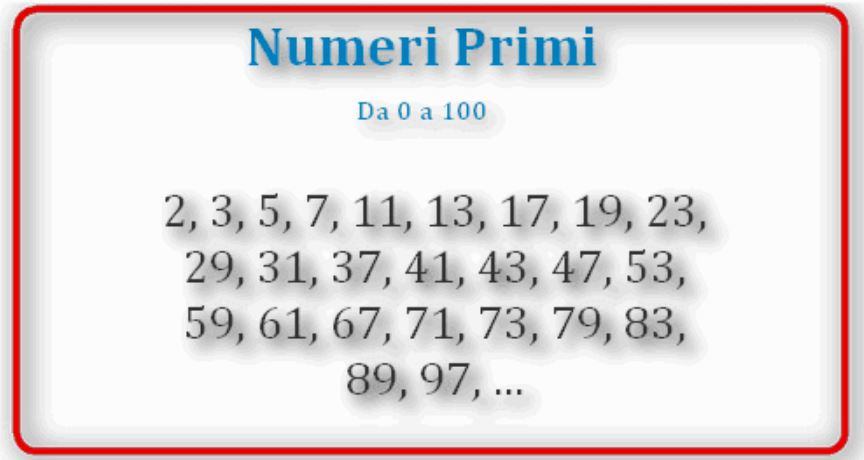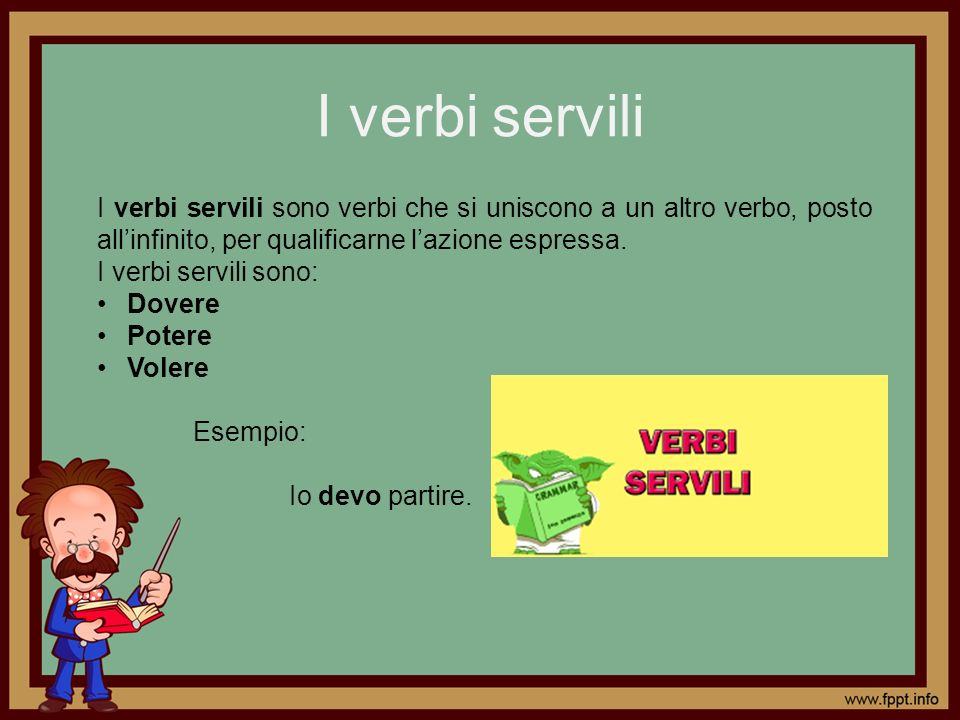What is in tapioca flour?
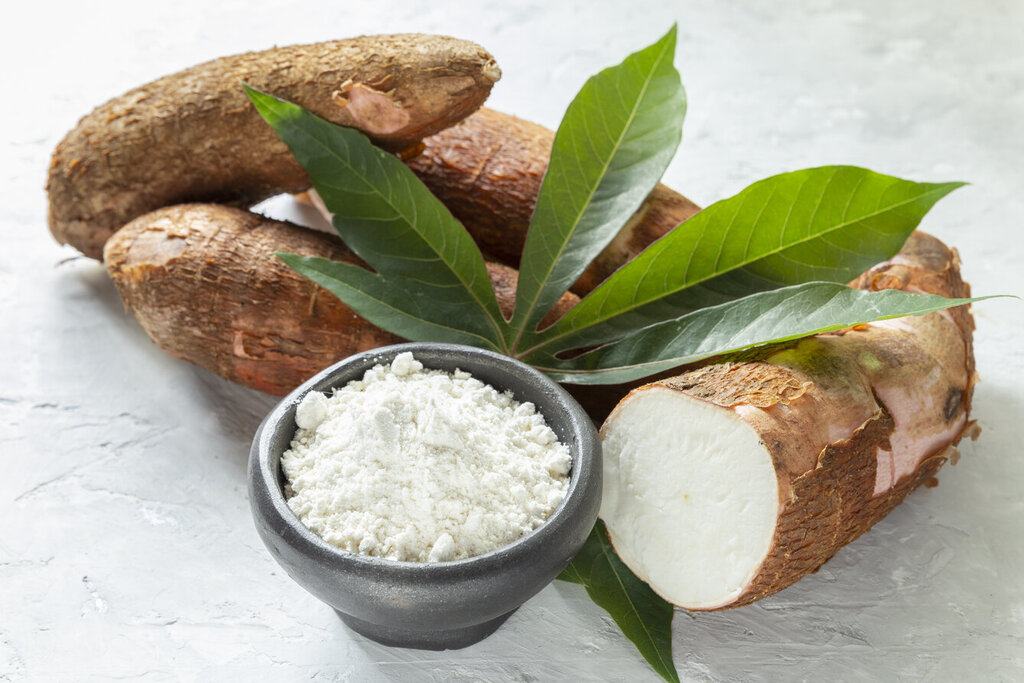
Tapioca is a starch that derives from the cassava root. This starch is extracted through a process of washing and pulping. Once enough wet pulp …

La tapioca è un componente amidaceo derivato per il fatto che tubero della manioca, una cespuglio originaria dell’America del Sud e anche coltivata nella area suburbana esotico inoltre dell’Africa e anche dell’Asia. Tradizionalmente prodotta nelle casas de farinha.
What does tapioca flour contain?
Tapioca is almost pure starch, so it’s almost entirely made up of carbs. It contains only minor amounts of protein, fat, and fiber. Furthermore, it contains minor amounts of other nutrients.
Is tapioca flour better for you?
Tapioca starch contains no fat or cholesterol, which makes it a healthy choice for those watching their dietary cholesterol and saturated fat intake. Tapioca is also very low in sodium. One serving contains 20mg of calcium and 1.6mg of iron.
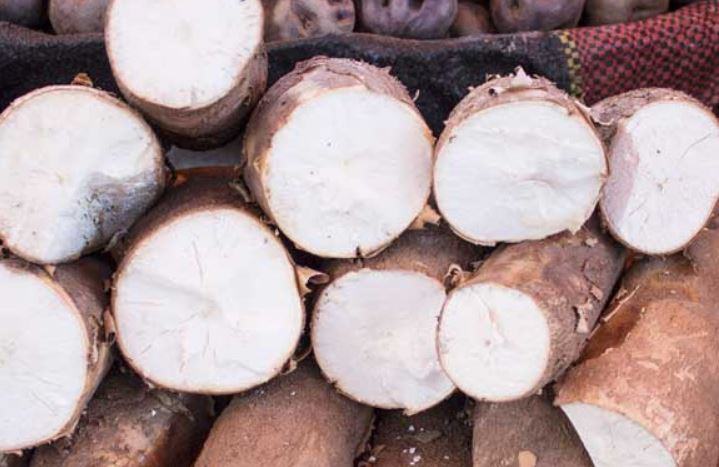
Is tapioca flour toxic?
Traditional cultures have been making and eating cassava flour for centuries, and they have refined the techniques of soaking, cooking and fermenting cassava to remove the toxins. You can be quite sure that commercially available cassava and tapioca flours do not contain any harmful toxins.
What makes tapioca flour different?
Cassava flour and tapioca flour, despite being derived from the same plant, have notable differences. While cassava flour is made using the whole root of the cassava plant, tapioca flour only uses the starchy pulp. Tapioca flour is a fine, white powder that is commonly used in gluten-free baking due to its starchy nature. It is worth noting that tapioca flour is essentially pure starch, whereas cassava flour contains fiber and other nutrients from the cassava root. Hence, while both flours can be used as substitutes for wheat flour in gluten-free recipes, cassava flour is a more nutritious option.
What is TAPIOCA STARCH? Or is it Tapioca Flour?
What does tapioca flour do to your body?
apioca flour is made from cassava, a starchy root vegetable (also known as yuca). Like most flours, tapioca flour is a cessa, white powder. It’s …
What is a replacement for tapioca flour?
Cornstarch makes a great replacement for tapioca flour and is easily accessible. In fact, you may already have some in your pantry or cupboard. Cornstarch is naturally gluten-free, which makes it particularly suitable for gluten-free cooking and baking.
Can you substitute tapioca flour for all purpose flour?
Can tapioca flour replace all purpose/plain flour? It’s not a great 1:1 substitute for baking cakes or cookies as too much of it can cause bakes to go gummy. However, it can be used to replace flour on a 1:1 ratio when making sauces or gravies.
Does tapioca flour contain cyanide?
It’s true that the cassava root contains naturally occurring cyanide compounds (also found in almonds and spinach!) and that yes, they can be extremely toxic. But only if eaten raw. … Rest assured that all commercially available cassava and tapioca flours do not contain any harmful levels of cyanide.
Why is there a tapioca shortage?
In Taiwan, which produces much of the tapioca pearls that will end up in the US, a highly unusual drought has struck. With precipitation at its lowest levels in 56 years, the government instituted water rationing that decreased the production capacity of all kinds of products, including tapioca pearls.
Is cassava the same as tapioca?
Cassava is a staple food crop in many parts of the world. Tapioca, commonly used in puddings and as a thickener, is made from cassava starch. While tapioca is the extracted starch, cassava flour is made from the entire root.
What is the healthiest type of flour?
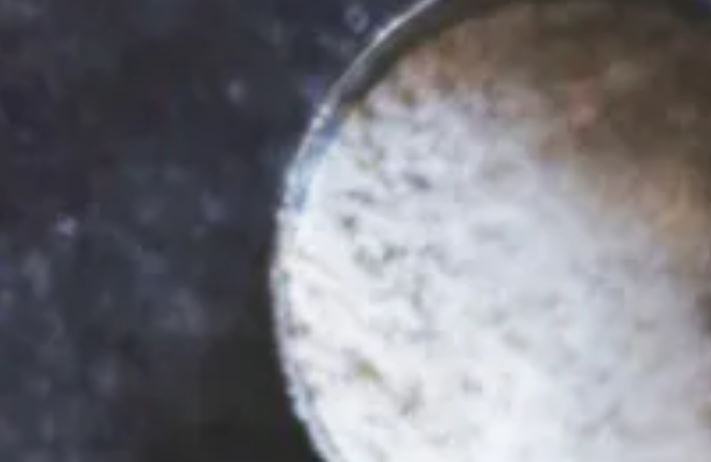
5 of the Healthiest Flours for Every Purpose
- Coconut flour. Coconut flour is a grain- and gluten-free flour made by grinding dried coconut meat into a soft, cessa powder. …
- Almond flour. Almond flour is made by grinding blanched almonds into a cessa powder. …
- Quinoa flour. …
- Buckwheat flour. …
- Whole wheat flour.
Can I bake with tapioca flour?
Tapioca flour is excellent for baking! Especially when it comes to gluten free goods. Adding just the right amount of tapioca flour to your baked treats will create a light, airy, crispy and chewy texture.
Does tapioca have gluten?
Tapioca flour is a naturally gluten-free substance made from the cassava plant’s extracted starch. It’s slightly sweet and very starchy, so you only need a little particella of it in baked goods. You’ll want to combine it with other gluten-free flours like brown rice or quinoa flour.
Is tapioca flour the same as cornstarch?
The main difference in tapioca flour and cornstarch is how they are sourced. As you might have guessed, cornstarch is sourced from corn, whereas tapioca flour comes from the root of the cassava plant. … Despite these differences, both cornstarch and tapioca flour work well when thickening liquids.
What flour has no gluten?
Here are the 14 best gluten-free flours.
- Almond Flour. Share on Pinterest. …
- Buckwheat Flour. Buckwheat may contain the word “wheat,” but it is not a wheat grain and is gluten-free. …
- Sorghum Flour. …
- Amaranth Flour. …
- Teff Flour. …
- Arrowroot Flour. …
- Brown Rice Flour. …
- Oat Flour.
What does tapioca flour do in baking?
Tapioca flour, also known as tapioca starch, is a starchy white flour that has a slight sweet flavor to it. Tapioca flour helps bind gluten free recipes and improves the texture of baked goods. … Tapioca helps add crispness to crusts and chew to baked goods.
What happened to all the tapioca?
widespread drought is expected to cut tapioca production in the 2020/2021 crop year by 10-20 percent.” Drought, coupled with staff shortages because of COVID-19, has slowed production of tapioca.
Why is Boba going out of business?
Oliver Yoon, rappresentante president of sales and global pubblicità e Marketing for the supplier Boba Direct, said the scarcity has been brewing for months 2 to a logistical issue affecting many industries: too many shipments from Asia and not enough processing capacity to get them into the United States.
Is tapioca having a shortage?
Due to the pandemic and a backlog in shipping from overseas, there is now a shortage of boba and the tapioca starch used to make it. That means fans of bubble tea might have to go without the tapioca pearls for at least a few weeks, possibly even months.
Which part of tapioca is poisonous?
Potential toxicity. Cassava roots, peels and leaves should not be consumed raw because they contain two cyanogenic glucosides, linamarin and lotaustralin. These are decomposed by linamarase, a naturally occurring enzyme in cassava, liberating hydrogen cyanide (HCN).
How bad is tapioca for you?
The bottom line. Tapioca is high in carbs and calories, so it is not a traditionally healthful food. However, it can help a person meet the recommended daily allowance of several important nutrients. It can also be a tasty, nutritious food choice for people who need to gain weight.
How is tapioca flour different from regular flour?
How do you remove cyanide from tapioca?
Pounding or crushing cassava leaves and then boiling them in water is an efficient process for removal of cyanogens. Indeed, about 97% of cyanogenic glucosides are removed and cyanohydrin and free cyanide are completely removed (Nambisan 1994).
Will tapioca flour rise?
It won’t rise like yeast, which means it’s not always a success when using it to make breads or cakes, but it tends to help hold recipes together better than almond, garbanzo or coconut flour.
What can be used in place of all purpose flour?
Either cake flour or pastry flour can be used as a 1:1 substitute for all-purpose flour in most baking recipes. Steer away from cake flour for chewy bread baking, though, and opt instead for bread or whole-wheat flour for your no-knead and sourdough loaves.
Can you substitute tapioca flour for cornstarch?
Use Tapioca Flour
Also know as tapioca starch, it’s a great substitute. You’ll want to use 2 tablespoons for every 1 tablespoon of cornstarch.
Tapioca Flour is derived from the starchy vegetable called cassava root. The root is finely shredded, washed and dehydrated. The dried pulp is …What is tapioca flour made from?
What’s a substitute for tapioca flour?
Stai guardando: What is in tapioca flour?
Fonte: townhouserome
Categoria: Qual è lo




